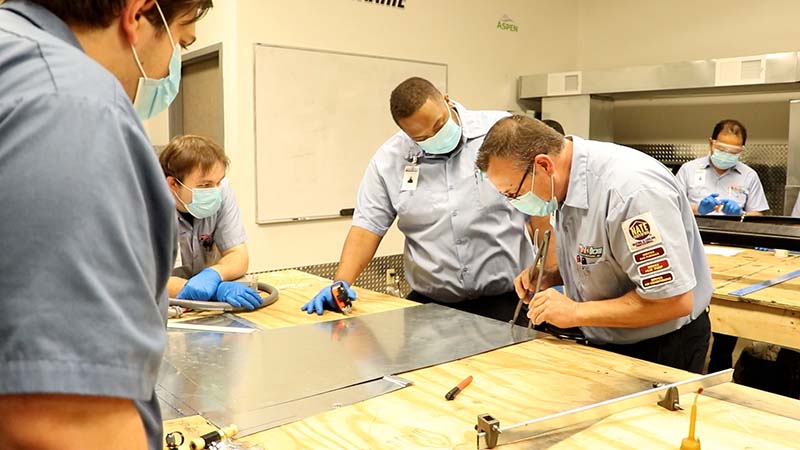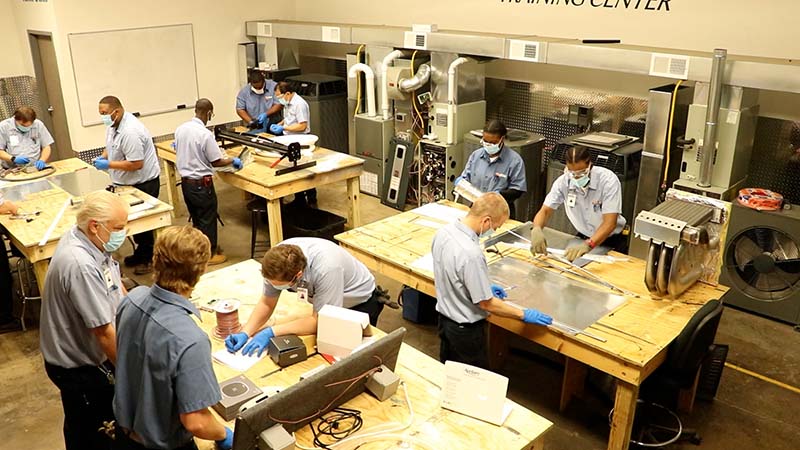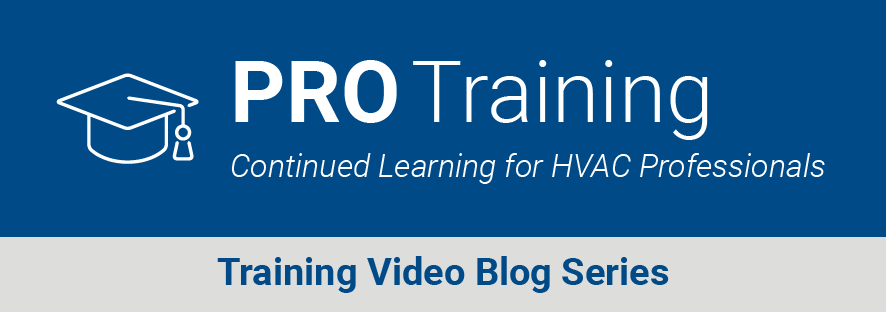
Everyone can benefit from the addition of our IAQ product offerings. Therefore, everyone is an IAQ customer, Consider the below use cases when evaluating a customer’s home to help determine when to utilize specific products.

Everyone can benefit from the addition of our IAQ product offerings. Therefore, everyone is an IAQ customer, Consider the below use cases when evaluating a customer’s home to help determine when to utilize specific products.

IAQ is a service that can be promoted on every single job. Own your customer’s comfort, and become their trusted HVAC provider, by taking a broader perspective of your customer’s home. Don’t just look at what the homeowner called you about. Your homeowner is never going to call you and say, “Hey, my air conditioning is not working, and oh by the way I have allergies and I was wondering if you could improve the air quality in my home.” That call is most likely never coming. So, use every homeowner visit as an opportunity to take a deeper look and educate them on the air quality of their home.

The health and safety practices of countless different industries changed when the pandemic hit. HVAC is no exception, and most of us have adjusted to life in the “new normal” of COVID-19 restrictions and concerns.
For some, this was also an excuse to put purposeful and necessary practices on hold. That’s not only a shame — it’s potentially damaging to both our businesses and the homes or businesses we serve.
At Fire & Ice, we’ve maintained a strict training regimen throughout the pandemic, and we’ve done so without outbreaks or unnecessary risks. While no plan is foolproof in the current environment, I believe it remains our duty to maintain training practices that enhance our service.
The ways this can be accomplished are a mix of practical and philosophical: committing to systemic training practices that aren’t remote, devoting resources and space to training, adhering to health and safety best practices, and creating training plans with customer end results in mind.
Remote training has its place, but I’m here to tell you that it isn’t sufficient for your technicians.

The simple truth is that working with your hands in a live environment is the only reliable way to improve many skills that HVAC technicians need to be successful. Rare is the new trainee who knows everything they’ll need to immediately after their hire, or who can diagnose and fix the full range of issues after only school training and prior in-field experience.
Has the industry slowed down during COVID? Have innovations stopped being announced? Of course not. So if we don’t want to fall behind, proactive training remains necessary.
None of this should be news to business owners or installation and service managers. So how do you account for the pandemic?
The first step is having a dedicated space for training and devoting the equipment and resources to building it out with a full array of equipment.

The Fire & Ice Training Center allows us to hold larger demonstrations, even in recent months. You may not have that luxury, but creating a dedicated space is still a priority.
The type of training you can perform may be limited by space — maybe only a few people can safely be in the room at the same time — but there is still a benefit.
The same is true of the time of year. When cooling season hits, we frankly don’t do much training unless it’s very specific and necessary. But the center is used quite a bit during slower months. Forming a long-term training plan, then sticking to it, is key.
A single training space can be the difference between relatively smooth operations and dozens of callbacks during the year’s most demanding months. How many thousands of dollars are being lost because there wasn’t a piece of equipment that allowed your technicians to understand the problem beforehand? Only you can answer that, but the idea that training opportunities pay dividends for your business should be obvious.
How do you stay safe? Some safety recommendations are universal to all walks of society, but some can benefit from our industry expertise:
Stay distanced. Plan training around the available space, and stay distanced at all times.
Wear PPE. This is something HVAC professionals should be good at. We know the benefits of good filtration for your health, and personal protection equipment (PPE) is your own personal filter.
Filter your air. MERV 13+ filters have been shown to be effective at capturing COVID particles. If you’re not leveraging this knowledge into increased protection for your employees, you’re missing an opportunity.
Keep the air clean. Similarly, we know the benefit of air purifiers. The Reme Halo Air Purifier has been proven to be 99.9% effective at neutralizing COVID. We use these in our shared workspaces to decrease the risk of contracting the virus.
Provide safety resources. Do your employees have ready access to medical-quality masks? Hand sanitizer? If not, you’re leaving them to fend for themselves, which is a recipe for disaster.
Does this mean you’ll be risk-free? No. Nothing in life comes without risk these days. But you’ll be effectively limiting your risk, and thus limiting the risk your business faces from things like virus outbreaks and loss of customer trust around your health and safety practices.
This takes clear direction and leadership to instill the mentality company-wide.
I firmly believe that what is best for our customers and employees is best for our business. Even if it takes time and effort to set up regular training practices, the long-term benefits are myriad.
Fewer callbacks, more empowered technicians, and a tool for recruiting (“Hey, check out our personalized training center!”) are just a few of the benefits. Several of our employees have told me what a boon our training center is, and it’s certainly reduced the number of callbacks we’ve had, which in turn reduces things like annoyed customers and bad reviews.
It’s possible to do on a variety of budgets, even amidst the pandemic. If you commit to training in a way that incorporates these elements, you’ll be able to build a successful plan that uplifts everything your technicians do.

Robert Frost once famously fretted over which two diverging roads in the woods to take. He presented the case of a traveler that has come to a crucial decision that must be made. The same theme often rings true in HVAC diagnosis. The technician finds themselves at a diagnostic crossroads, if you will, and a choice must be made:
Today I am going to review troubleshooting an inverter compressor and the control that drives it. Often in analyzing service manuals you find flow charts that look like this:
Continue reading “Series: Pro Training – Troubleshooting An Inverter Driven Compressor”

I don’t know about you, but I can say comfortably that I do not find myself in the position of having thousands of dollars I want to dispose of. If you find yourself in a different position, please contact me and I will be happy to help you relieve yourself of those burdensome funds. I am using that statement because I know we can all never agree on the exact “average” cost of a Ductless AC installation, but I feel confident we can all agree that the number is over $1000. My point being that the price point means I am not interested in just “throwing it away” at the first sign of trouble. These machines or appliances are not disposable. They can be maintained, and they can be repaired. However, both of those concepts must begin with us doing something that many of us feel uncomfortable with … opening the machine up.
Continue reading “Series: Pro Training – Non Disposable A/C Units”

The United States market has come a long way on embracing ductless HVAC units. From 20 years ago when you would occasionally see a unit installed on a sunroom to present day when this technology is regularly used to combat discomfort in bonus rooms, additions, garages, and even whole home applications. Along the way code has had to change in order to adapt to the more widely used ductless technology. One of these areas of adaption is in the protection of a wall mounted indoor unit from condensation overflow. Unlike traditional installations where auxiliary drain pans are widely used, the standard wall mounted indoor unit only has the internal drain pan. This design leaves open the possibility of wall and/or flooring damage should the drain line become obstructed.
Continue reading “Series: Pro Training – Ductless Drain Safety Installation”